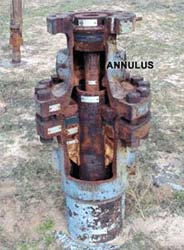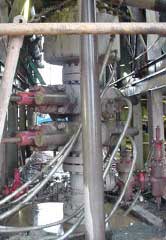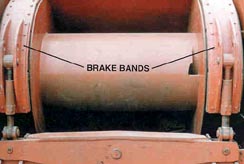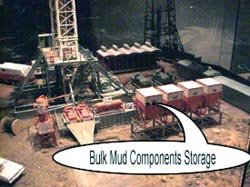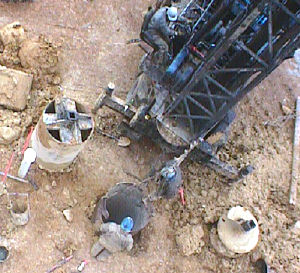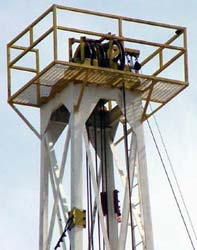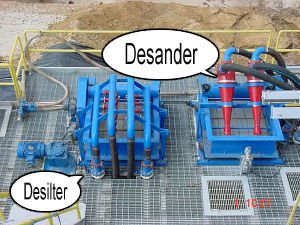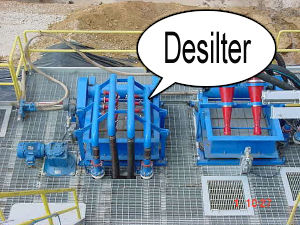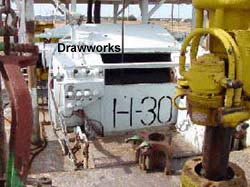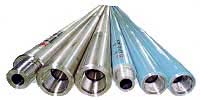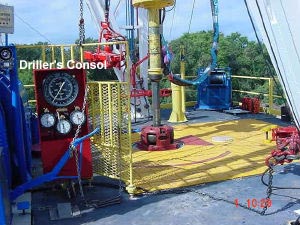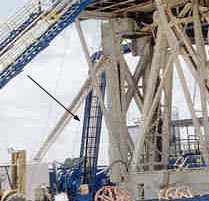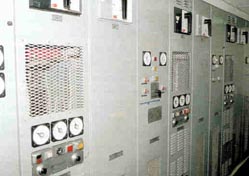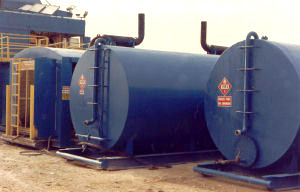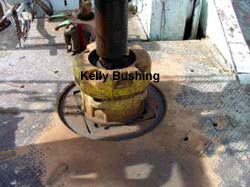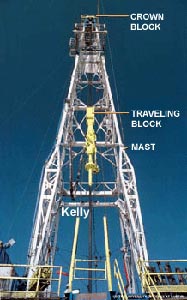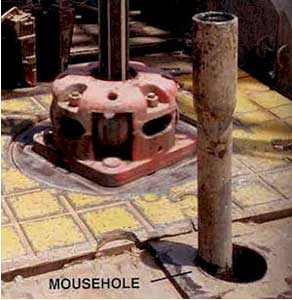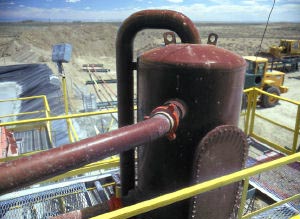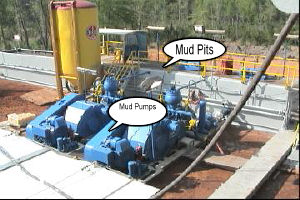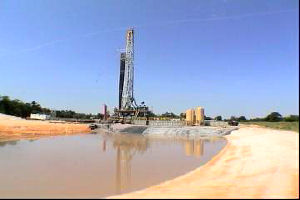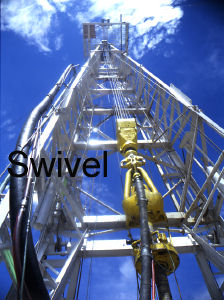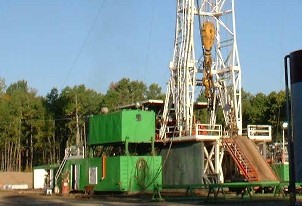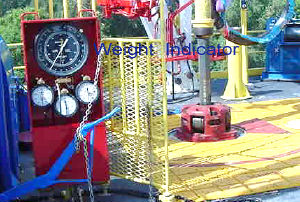Oil and Gas Well Drilling and Servicing eTool
Oil and Gas Well Drilling and Servicing » Glossary of Terms - O
† This is an abridged version of the Dictionary of Petroleum Terms provided by Petex and the University of Texas Austin. © Petex 2001
Occupational Safety and Health Administration (OSHA)
n: a U.S. government enforcement agency that conducts worksite inspections and incident investigations, research into the causes of occupational diseases and accidents. Address: Department of Labor; 200 Constitution Avenue, NW; Washington, DC 20210; (800) 321-OSHA.
oil
n: a simple or complex liquid mixture of hydrocarbons that can be refined to yield gasoline, kerosene, diesel fuel, and various other products.
oil-base mud
n: a drilling or workover fluid in which oil is the continuous phase and which contains from less than 2 percent and up to 5 percent water. This water is spread out, or dispersed, in the oil as small droplets. See oil mud.
oil-emulsion mud
n: a water-base mud in which water is the continuous phase and oil is the dispersed phase.
oilfield
n: the surface area overlying an oil reservoir or reservoirs. The term usually includes not only the surface area, but also the reservoir, the wells, and the production equipment.
oil mud
n: a drilling mud, such as, oil-base mud and invert-emulsion mud, in which oil is the continuous phase. It is useful in drilling certain formations that may be difficult or costly to drill with waterbase mud. Compare oil-emulsion mud.
oil sand
n: 1. a sandstone that yields oil. 2. (by extension) any reservoir that yields oil, whether or not it is sandstone.
oil saver
n: a gland arrangement that mechanically or hydraulically seals by pressure. It is used to prevent leakage and waste of gas, oil, or water around a wireline (as when swabbing a well).
oil spotting
n: pumping oil, or a mixture of oil and chemicals, to a specific depth in the well to lubricate stuck drill collars.
oil string
n: the final string of casing set in a well after the productive capacity of the formation has been determined to be sufficient. Also called the long string or production casing.
oilwell
n: a well from which oil is obtained.
oil zone
n: a formation or horizon of a well from which oil may be produced. The oil zone is usually immediately under the gas zone and on top of the water zone if all three fluids are present and segregated.
open formation
n: a petroleum-bearing rock with good porosity and permeability.
open hole
n: 1. any wellbore in which casing has not been set. 2. open or cased hole in which no drill pipe or tubing is suspended. 3. the portion of the wellbore that has no casing.
open-hole completion
n: a method of preparing a well for production in which no production casing or liner is set opposite the producing formation. Reservoir fluids flow unrestricted into the open wellbore.
open-hole fishing
n: the procedure of recovering lost or stuck equipment in an uncased wellbore.
open-hole log
n: any log made in uncased, or open hole.
operator
n: the person or company, either proprietor or lessee, actually operating a well or lease, generally the oil or gas company that engages the drilling, service, and workover contractors.
Organization of Petroleum Exporting Countries (OPEC)
n: an organization of the countries of the Middle East, Southeast Asia, Africa, and South America that produce oil and export it. Update - members as of 1997 are Algeria, Ecuador, Gabon, Indonesia, Iran, Iraq, Kuwait, Libya, Nigeria, Qatar, Saudi Arabia, the United Arab Emirates, and Venezuela. The organization’s purpose is to negotiate and regulate production and oil prices.
out-of-gauge bit
n: a bit that is no longer of the proper diameter.
out-of-gauge hole
n: a hole that is not in gauge; that is, it is smaller or larger than the diameter of the bit used to drill it.
overshot
n: a fishing tool that is attached to tubing or drill pipe and lowered over the outside wall of pipe or sucker rods lost or stuck in the wellbore. A friction device in the overshot, usually either a basket or a spiral grapple, firmly grips the pipe, allowing the fish to be pulled from the hole.
overthrust fault
n: a low-dip angle (nearly horizontal) reverse fault along which a large displacement has occurred. Some overthrusts, such as many of those in the Rocky Mountain Overthrust Belt, represent slippages of many miles.
O-ring
n: a circular seal common in the oil field. O-rings may be made of elastomer, rubber, plastic, or stainless steel. To seal properly, they all require enough pressure to make them deform against a sealing surface.



